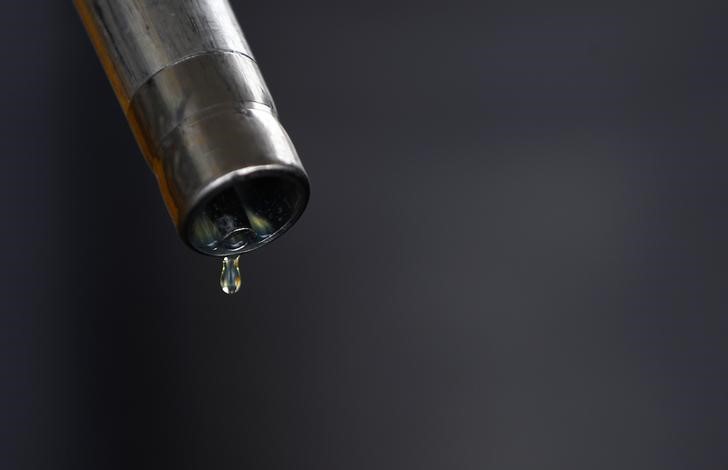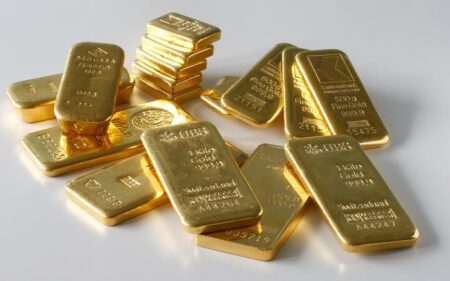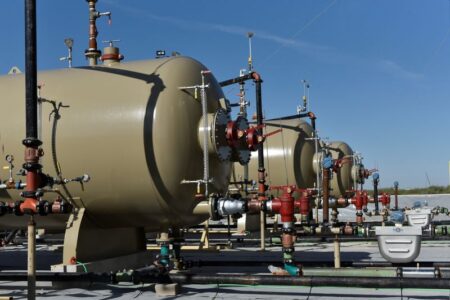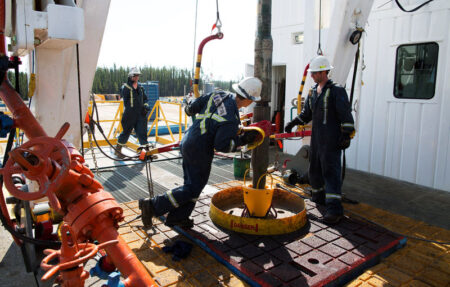Investing.com – China’s bid to put a floor under its ailing economy has unwittingly given an instant boost to something else: U.S. crude — which got to $90 per barrel on Thursday, the first time in 10 months.
The People’s Bank of China said it will lower from Friday the reserve requirement ratio for banks in the country by 25 basis points for a second time this year, bringing the weighted average for the so-called RRR for banks to 7.4%. The move is intended to free up lending to the private sector by reducing the amount of cash banks must hold in reserve.
It is still early to say how well the latest stimulus measure might work in shoring up the world’s No. 2 economy from its worst challenge in decades. and data, due on Friday, will provide more evidence on the current state of affairs in the Chinese economy. Even so, oil bulls were quick to translate the impact any liquidity enhancement and resultant activity could have on fuel demand among the Chinese.
The Chinese stimulus, along with the mantra on how super tight oil supply across the world was — despite Saudi Arabia’s promise that every contracted barrel will be delivered to its customers, notwithstanding its supposed daily cut of one million barrels per day — drove crude to 10-month highs for a fourth session in a row.
New York-traded West Texas Intermediate, or , crude settled at $90.16 per barrel, up $1.64, or 1.9%. The U.S. crude benchmark rose to $90.50 earlier in the day, its highest since November.
“As long as WTI holds above the 100-week Simple Moving Average, statically aligned with $86, bullish continuation doesn’t seem much obstacle,” said Sunil Kumar Dixit, chief technical strategist at SKCharting.com. “But expect resistance at $93, and a harder stop at $96.”
London-traded settled at $93.70 per barrel, up $1.82, or 2%. The global crude benchmark rose to $93.89 earlier.
Crude prices have been on a tear since June, gaining just over 30% over the past three months, as bulls chased the Saudi obsession to get the market back to the $100-per barrel advantage it lost in July last year. The Saudis, along with the Russians, have pledged to remove a combined supply of 1.3 million barrels from the market daily through the end of the year.
“Another day, another spin on how tight the oil market will remain,” said Ed Moya, analyst at online trading platform OANDA.
China stimulus only one half of story
One other reason for Thursday’s oil rally was the stronger U.S. U.S. and for August. The increase in retail sales, incidentally, was a result of Americans spending more on gasoline last month, leading to the notion that they will continue doing so regardless how high prices at the pump go.
“Positive news about the U.S, economy helped oil a little today as the consumer is still spending,” observed Moya. He, however, added: “The consumer won’t be spending as much once we start talking about a national average gas prices above $4 a gallon.”
The average pump price of gasoline across America was $3.858 per gallon on Thursday, up by a little more than 5 cents from a week ago.
(Peter Nurse and Ambar Warrick contributed to this item)
Read the full article here












